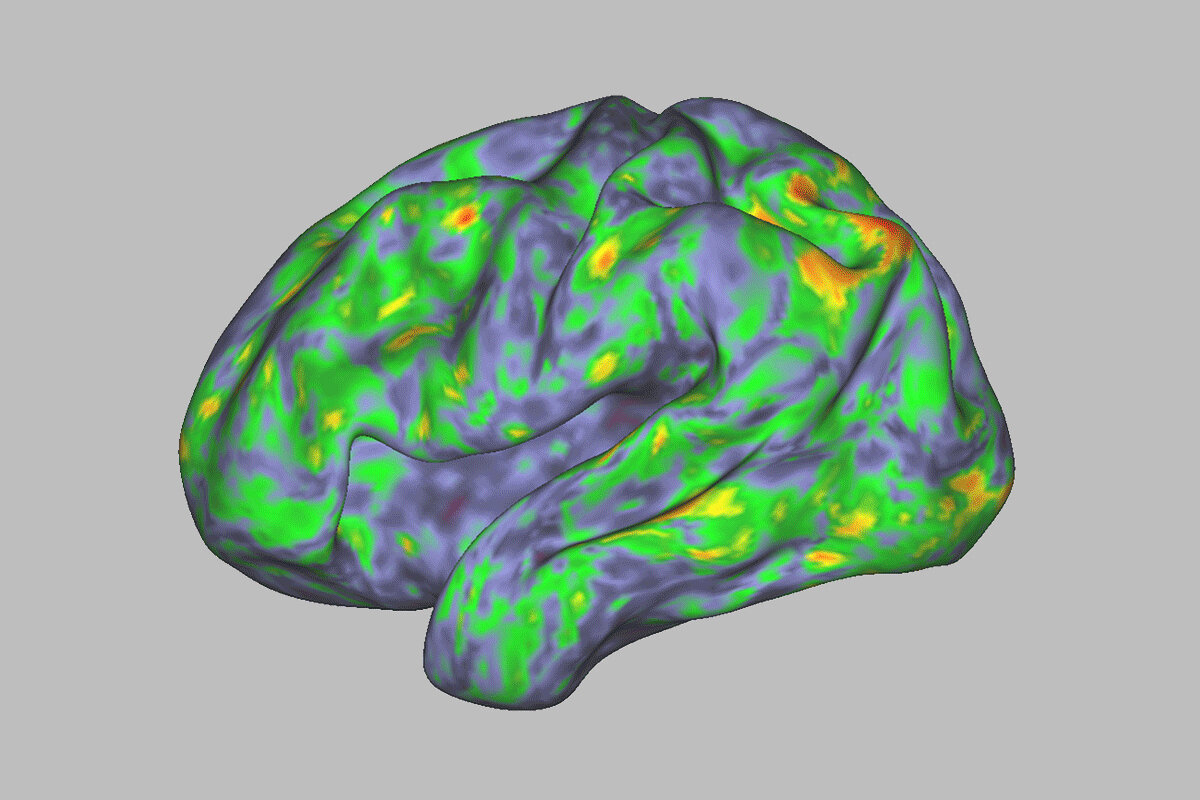A small new study shows reactions in the brain in people who were given psilocybin in a controlled setting.
If you had to come up with a groovy visualization of the human brain on psychedelic drugs, it might look something like this.
The image, as it happens, comes from dozens of brain scans produced by researchers at Washington University School of Medicine in St. Louis who gave psilocybin, the compound in “magic mushrooms,” to participants in a study before sending them into a functional M.R.I. scanner.
The kaleidoscopic whirl of colors they recorded is essentially a heat map of brain changes, with the red, orange and yellow hues reflecting a significant departure from normal activity patterns. The blues and greens reflect normal brain activity that occurs in the so-called functional networks, the neural communication pathways that connect different regions of the brain.
The scans, published Wednesday in the journal Nature, offer a rare glimpse into the wild neural storm associated with mind-altering drugs. Researchers say they could provide a potential road map for understanding how psychedelic compounds like psilocybin, LSD and MDMA can lead to lasting relief from depression, anxiety and other mental health disorders.
“Psilocybin, in contrast to any other drug we’ve tested, has this massive effect on the whole brain that was pretty unexpected,” said Dr. Nico Dosenbach, a professor of neurology at Washington University and a senior author of the study. “It was quite shocking when we saw the effect size.”
